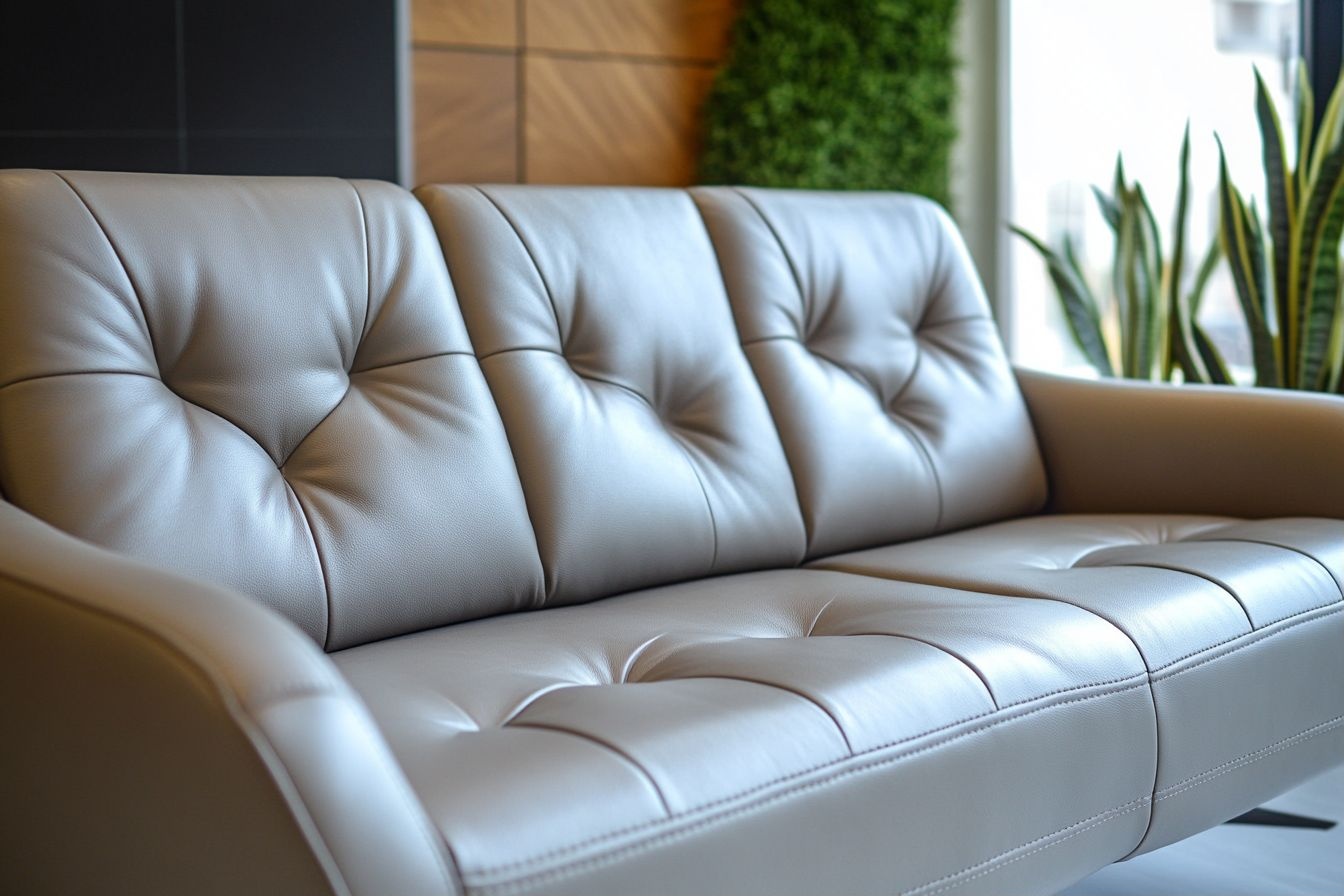Furniture arrangements that improve flow in compact spaces
Compact living rooms benefit from deliberate furniture arrangements that prioritize movement, function, and comfort. This article outlines practical spaceplanning strategies—from layout and zoning to seating, storage, lighting, acoustics, textiles, and plants—that help small spaces feel more open and usable without major renovations.

Furniture arrangements that improve flow in compact spaces
A thoughtful approach to arranging furniture can transform a compact living room into a comfortable, functional area that moves with you rather than against you. Good layout and spaceplanning reduce congestion, clarify circulation routes, and create zones for different activities. This article describes practical choices—about sofa placement, seating types, storage, lighting, acoustics, flooring, textiles, color and materials—that improve flow while maintaining style and ergonomics in small spaces.
How can layout and spaceplanning improve flow?
Start by mapping primary circulation paths: entry points, frequent walkways, and sightlines toward windows or media. Use furniture to define paths rather than block them—leave at least 60–90 cm of clear space where people walk. Consider floating furniture to create a sense of openness, and align pieces with architectural elements like windows or radiators to avoid awkward offsets. Spaceplanning that prioritizes unobstructed routes helps a room feel larger and more navigable without removing essential furniture.
Which sofa, seating and upholstery work best?
Choose a sofa scale appropriate to the room: a narrow-profile sofa or a loveseat can preserve floor space while providing comfortable seating. Modular or armless seating can be repositioned to accommodate different needs. Upholstery in lighter tones and low visual weight fabrics keeps the visual flow uninterrupted. Prioritize ergonomics—seat depth and height should suit your primary users—to ensure seating is comfortable without requiring oversized furniture that disrupts circulation.
How can storage, multifunction and zonation help?
Integrated storage and multifunction furniture reduce clutter and free pathways. Opt for sofas with built-in storage, ottomans that double as seating and storage, or wall-mounted shelving that keeps the floor clear. Zonation—creating distinct areas for lounging, reading, or working—can be achieved with rugs, low shelving, or narrow consoles that act as subtle dividers. Thoughtful storage placement helps maintain open routes and supports a more organized, flowing environment.
How do lighting, acoustics and flooring affect space?
Layered lighting alters perception of space: ambient lighting spreads light evenly, task lighting supports specific activities, and accent lighting highlights focal points. Use wall sconces or floor lamps to avoid taking up table space. Consider acoustics—soft textiles and rugs reduce echo in compact rooms and contribute to a calmer feel. Flooring continuity, such as the same material across adjacent rooms, visually extends the space; rugs can define zones without interrupting flow.
How do textiles, color, materials and decor contribute?
Textiles and color influence perceived scale. Lighter, muted color palettes reflect light and make rooms feel more expansive, while consistent materials across pieces create visual cohesion. Choose fabrics and decor that complement the scale of the room—smaller patterns and streamlined furniture avoid visual clutter. Materials with subtle texture add interest without competing for attention; limit heavy ornamentation that can fragment space and impede the sense of flow.
Can plants and ergonomics enhance compact comfort?
Plants introduce vertical interest and soften edges, helping transition between zones without blocking paths. Place taller plants near corners or by windows and use hanging planters to save floor space. Ergonomics matter: arrange seating and surfaces so movement between them is intuitive, ensure clear reach to controls and lighting, and maintain comfortable clearances between furniture for ease of use. These choices improve daily comfort and encourage natural movement throughout the room.
A compact living room can be both efficient and inviting when furniture is arranged with clear circulation, appropriate scale, and multifunctional solutions in mind. Prioritize unobstructed pathways, choose seating and storage that match the room’s dimensions, layer lighting and acoustics for comfort, and use textiles, color, and plants to support cohesion. Thoughtful spaceplanning and attention to ergonomics help small spaces function smoothly without sacrificing style.





